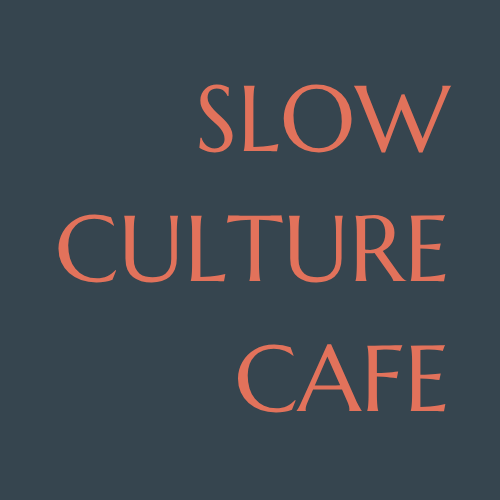Composing with Code: The Rise of AI as Musical Collaborator
In a world increasingly shaped by algorithms, it comes as no surprise that music — that most human of arts — has found a new creative partner: artificial intelligence.
We still have difficulties with the everyday use of AI in many areas of our lives. The dominance of technology seems to eclipse human creativity.
But this can also be seen in a completely different light.
It is precisely through the use of new AI technology that it is now possible for musicians and artists to break completely new ground. We can see this in the current music trends, which use AI compositions to produce completely new, intense and exceptionally creative pieces of music.
Once reserved for experimental corners of digital labs and avant-garde installations, AI-generated music has now stepped into the mainstream spotlight. From ambient soundscapes streaming on wellness apps to cinematic scores composed with neural networks, the sound of today — and tomorrow — is being shaped not just by artists, but also by machines.
But let’s be clear: this isn’t a story about replacement. It’s a story of collaboration.
Today’s artists aren’t handing over their creativity to code. Instead, they’re engaging with AI as a co-creator — a tool that listens, learns, and offers surprising new pathways. Much like a synthesizer expanded the palette of sound in the 20th century, AI is now expanding the possibilities of composition, production, and even live performance.
Take the electronic music scene, where AI thrives in building layered, generative textures. Producers like Holly Herndon and Arca are known for blending deep machine learning with deeply emotional storytelling. Herndon even created an AI “baby” called Spawn, trained on her own voice to generate vocal harmonies that both sound like her and transcend her. The result is haunting, intimate, and alien — a kind of duet across consciousness.
In the realm of ambient and cinematic music, AI’s capacity to generate slow-evolving, adaptive compositions has become a game-changer. Soundtracks for meditation, film, and even video games are now being shaped in real time by generative models that respond to input — mood, pace, light, even the user’s biometric data. Instead of a static loop, we get music that breathes with us.
And it doesn’t stop in the studio. AI is now entering the stage. Artists are using real-time generative systems during live performances, allowing each show to become a unique moment. Imagine a concert where no two songs are ever the same — shaped by audience energy, room acoustics, or environmental data. AI brings improvisation to new heights, not by replacing spontaneity, but by enhancing it.
Of course, this new frontier isn’t without questions. What does authorship mean when an algorithm co-writes the melody? Who gets the credit? The royalties? And how do we distinguish between machine mimicry and genuine emotional resonance?
These questions are important — and ongoing. But perhaps the most compelling answer lies not in resisting the technology, but in understanding its role. AI is not feeling, but it can interpret. It doesn’t dream, but it can remix the dreams of others. When guided by human intention, it becomes a brush in the hand of the composer, a spark in the studio, a silent collaborator humming in the background.
For listeners, AI-generated music is already part of daily life — from the playlists that adapt to our moods to background scores composed entirely by machines. Yet most of us don’t notice the shift. And maybe that’s the point. The best use of technology is when it becomes invisible — when it fades into the fabric of experience, letting emotion take the lead.
AI will show us new dimensions that we have not yet experienced. There will be new music experiences through AI that offer a seemingly infinite wealth of possibilities for artists and we as consumers of music will experience new worlds of sound that have not existed in recent years.
In the end, AI is not here to write the music of the future alone. It’s here to help us hear new notes, stretch old boundaries, and explore sonic landscapes we might never have imagined.
The machine may hum in binary, but the song remains deeply, beautifully human.

